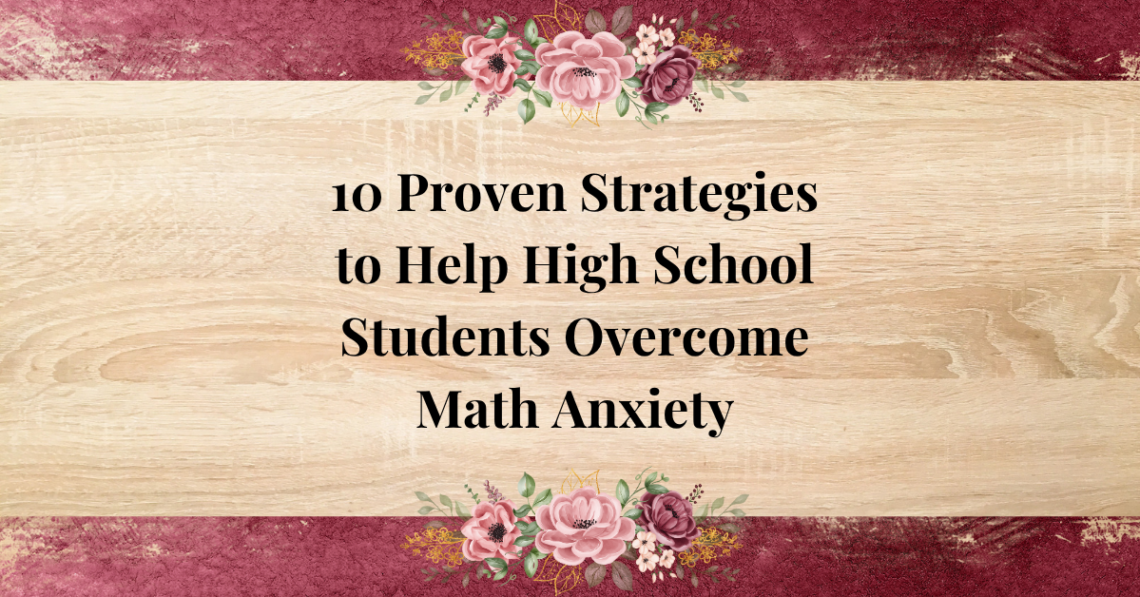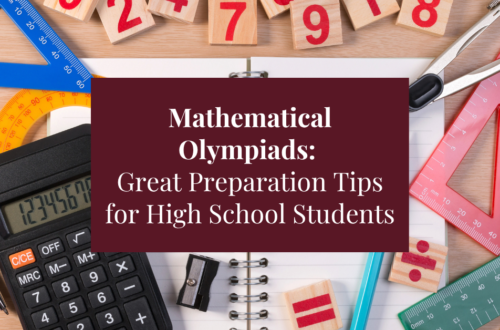Math anxiety is a real challenge for many high school students. The fear of numbers, formulas, and problem-solving can cause stress, lower confidence, and even hinder academic performance. However, with the right strategies, students can overcome math anxiety and develop a positive mindset toward learning. If you’re a teacher or parent looking to support your students, here are ten effective ways to help them build confidence and conquer their fears.
1. Normalize Mistakes as Part of Learning
Many students with math anxiety fear making mistakes, which leads to hesitation and frustration. Encourage them to view errors as learning opportunities. By fostering a growth mindset, students can understand that mistakes help them improve rather than define their abilities.
2. Make Math Relevant to Real Life
Students often struggle with math when they don’t see its relevance. Show them how math applies to everyday situations—budgeting, cooking, sports statistics, and technology. Real-world applications help students feel more connected to the subject and reduce math anxiety.
3. Use Engaging and Interactive Teaching Methods
Instead of traditional lectures, incorporate games, puzzles, and hands-on activities to make math fun. Interactive lessons help students feel more involved, reducing their anxiety and making them more likely to retain information.
4. Encourage a Positive Math Mindset
Many students believe they are simply “not good at math.” Reinforce the idea that math ability grows with practice. Praise effort over perfection, and remind them that every mathematician started as a beginner. This mindset shift can significantly reduce math anxiety. (HERE is a link to my TpT store where you can find a mindset poster for cheap & it’s even in cool colors!)
5. Break Down Problems into Manageable Steps
Large math problems can feel overwhelming. Teach students to break them into smaller, more manageable steps. This approach reduces frustration and makes problem-solving feel more achievable.
6. Provide a Supportive Learning Environment
Create a classroom atmosphere where students feel safe to ask questions and seek help. Many students with math anxiety avoid asking for assistance due to fear of judgment. Encourage an open, supportive culture where struggling is seen as part of learning.
7. Use Technology and Online Resources
There are many digital tools, such as interactive tutorials, math apps, and online practice sites, that help students learn at their own pace. These resources allow for personalized learning, reducing pressure and making math more approachable.
8. Encourage Regular Practice Without Pressure
Consistent practice is key to overcoming math anxiety, but excessive pressure can have the opposite effect. Assign low-stakes practice exercises that allow students to build confidence without the fear of grades or time constraints.
9. Teach Relaxation and Stress-Management Techniques
Breathing exercises, mindfulness, and positive affirmations can help students manage their anxiety. Teaching students how to stay calm before a test or challenging problem can improve their overall performance and attitude toward math.
10. Offer Encouragement and Celebrate Progress
Recognizing even small improvements can boost students’ confidence. Celebrate their successes, no matter how minor, to reinforce the idea that they are capable of mastering math.
Final Thoughts
Math anxiety doesn’t have to hold students back. By fostering a growth mindset, making math relatable, and providing a supportive environment, we can help students build confidence and succeed. With the right encouragement and tools, every student can develop a positive relationship with math.
Do you have any strategies that have worked for your students? Share your experiences in the comments below!




